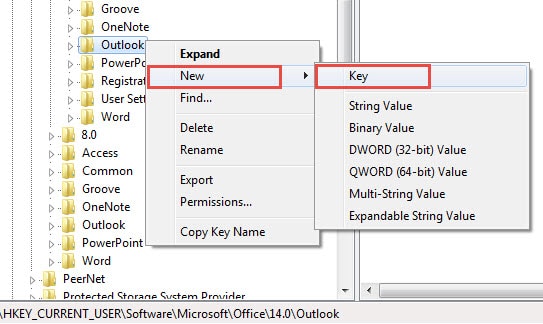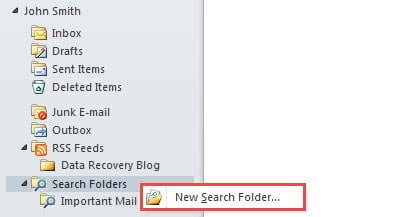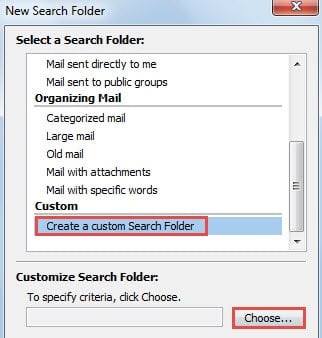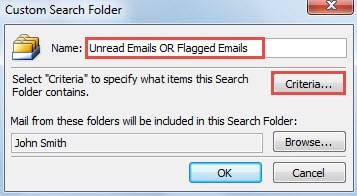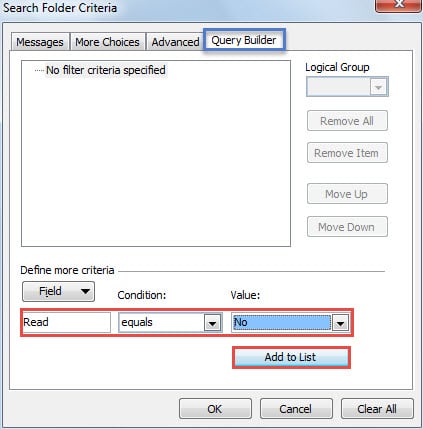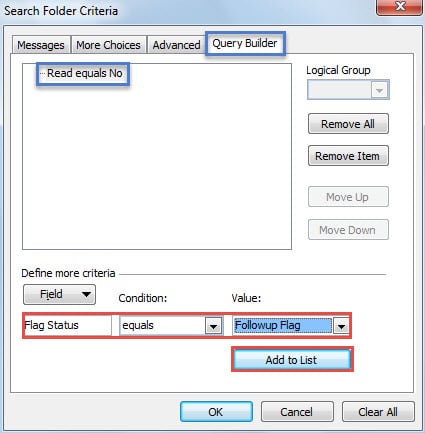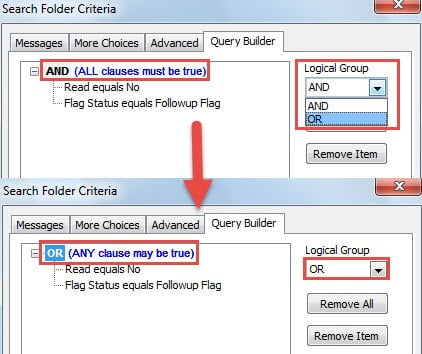By default, Outlook only allows you to create search folders with “AND” criteria. But if you wish to create a search folder for unread “OR” flagged emails, how can you achieve it? This article will introduce a pretty useful method to you.
If you are trying to create an Outlook search folder for messages which are either unread or flagged for follow up, you will fail definitely. Due to the fact that “OR” criteria aren’t supported by default. You have to enable another tool for Outlook. That is “Query Builder”, which is able to uphold a variety of complex criteria. Now read on to learn how to create a search Folder with “OR” criteria.
Step 1: Enable Query Builder for Outlook
- To begin with, search “regedit” in the “Start Menu”.
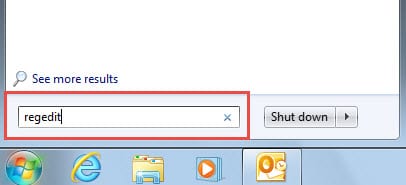
- After seeing the search result, press “Enter” button to open Registry Editor.
- Then find the following registry keys – “HKEY_CURRENT_USER” > “Software” > “Policies” > “Microsoft> “Office” > “<version>” > “Outlook”.
- Next right click “Outlook” key and choose “New” > “Key”.
- Lastly name the key as “QueryBuilder”.
Step 2: Create a Search Folder with “OR” Criteria for Multiple Conditions by Query Builder
In this step, we will create a search folder for unread emails “OR” flagged emails by means of “Query Builder”. It is just an example. You can take the following operations to create search folders with other “OR” criteria as per your needs.
- At the very outset, open Outlook application.
- Then right click on “Search Folders”, and select “New Search Folder” from the right clicking menu.
- In the new dialog box of “New Search Folder”, select “Create a custom Search Folder” and hit “Choose” buttoANDn.
- After that, another dialog box will show up, in which specify a name for this search folder, and then click on “Criteria” button.
- In the popup “Search Folder Criteria” dialog box, you should switch to “Query Builder” tab at first.
- Next you ought to add the following two criteria:
- Firstly, type “Read” in “Field”; choose “equals” in “Condition” and select “No” in “Value”. And then click “Add to List” button.
- Secondly, enter “Flag Status” in “Field”; select “equals” in “Condition” and choose “Followup Flag” in “Value”. After that, hit “Add to List” button.
- After adding the two criteria, you can see that their relation is “AND”. Thus you should change it to “OR”. Click on “AND” in the central box. Then from the drop down list of “Logical Group”, select “OR” option.
- Eventually click a series of “OK” until all dialog boxes are closed.
Calm Down In Case of Outlook Corruptions
If you come across Outlook corruptions unfortunately, do not panic. You can take the following three steps to recover Outlook data. At first, if you have an updated backup for Outlook, you can restore your data with effortless ease. But if without backups, you can attempt a recovery by built-in repair tool, ScanPST. However, if it fails, making use of a potent third party tool, like DataNumen Outlook Repair, may be your last resort.
Author Introduction:
Shirley Zhang is a data recovery expert in DataNumen, Inc., which is the world leader in data recovery technologies, including sql recovery and outlook repair software products. For more information visit www.datanumen.com
